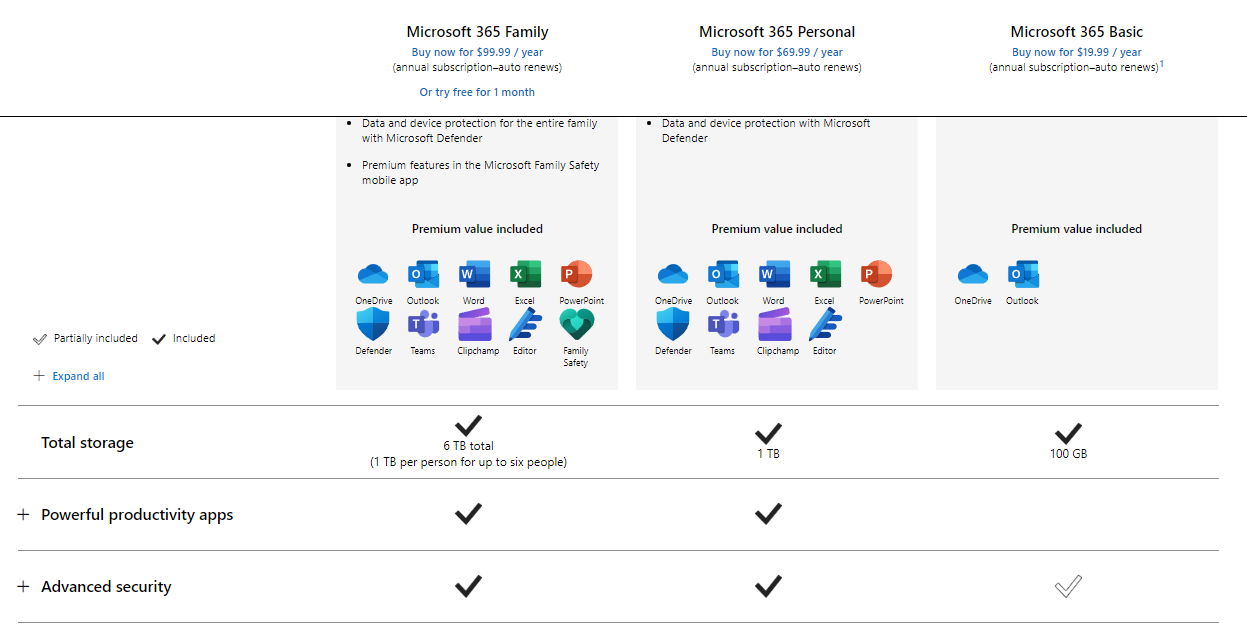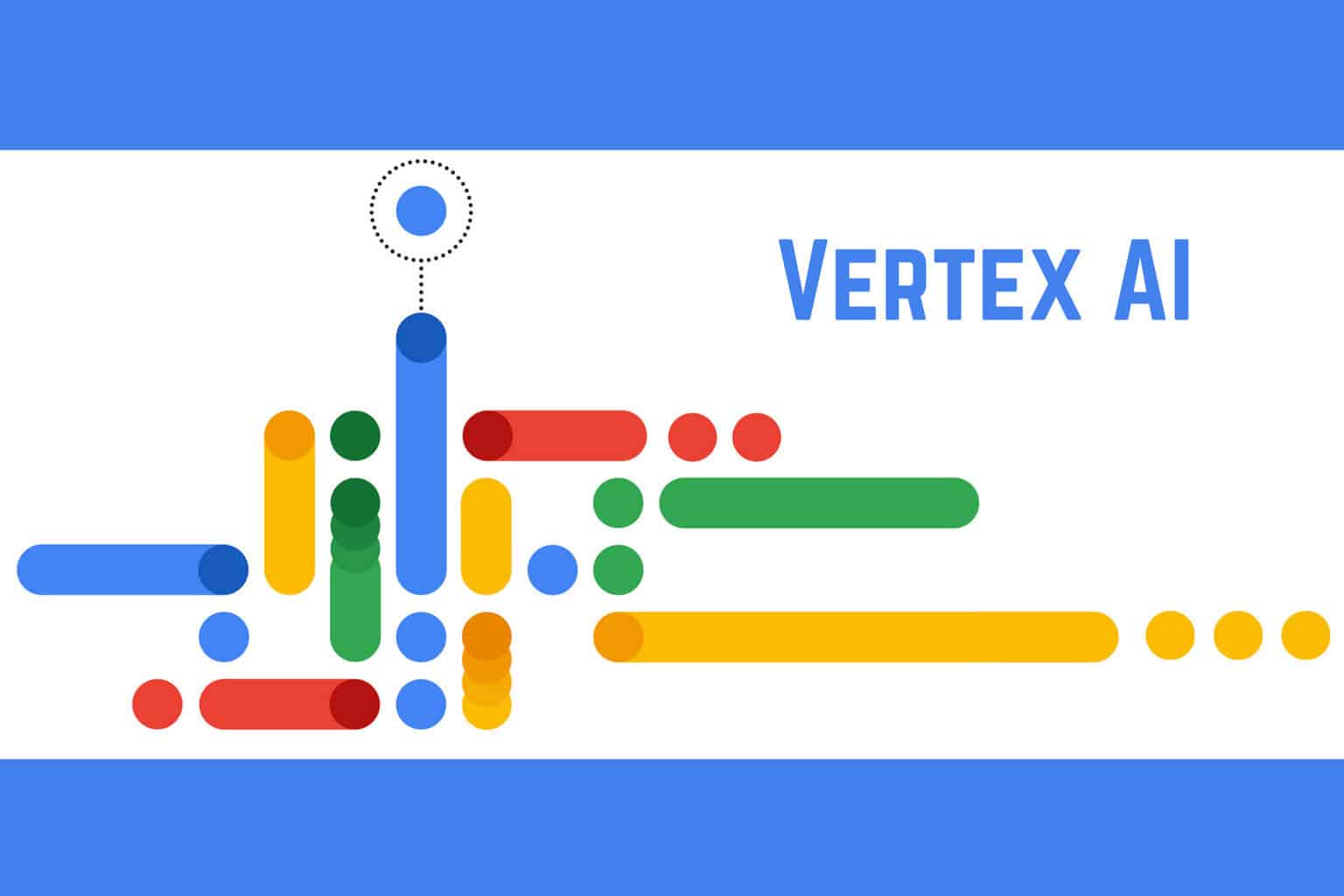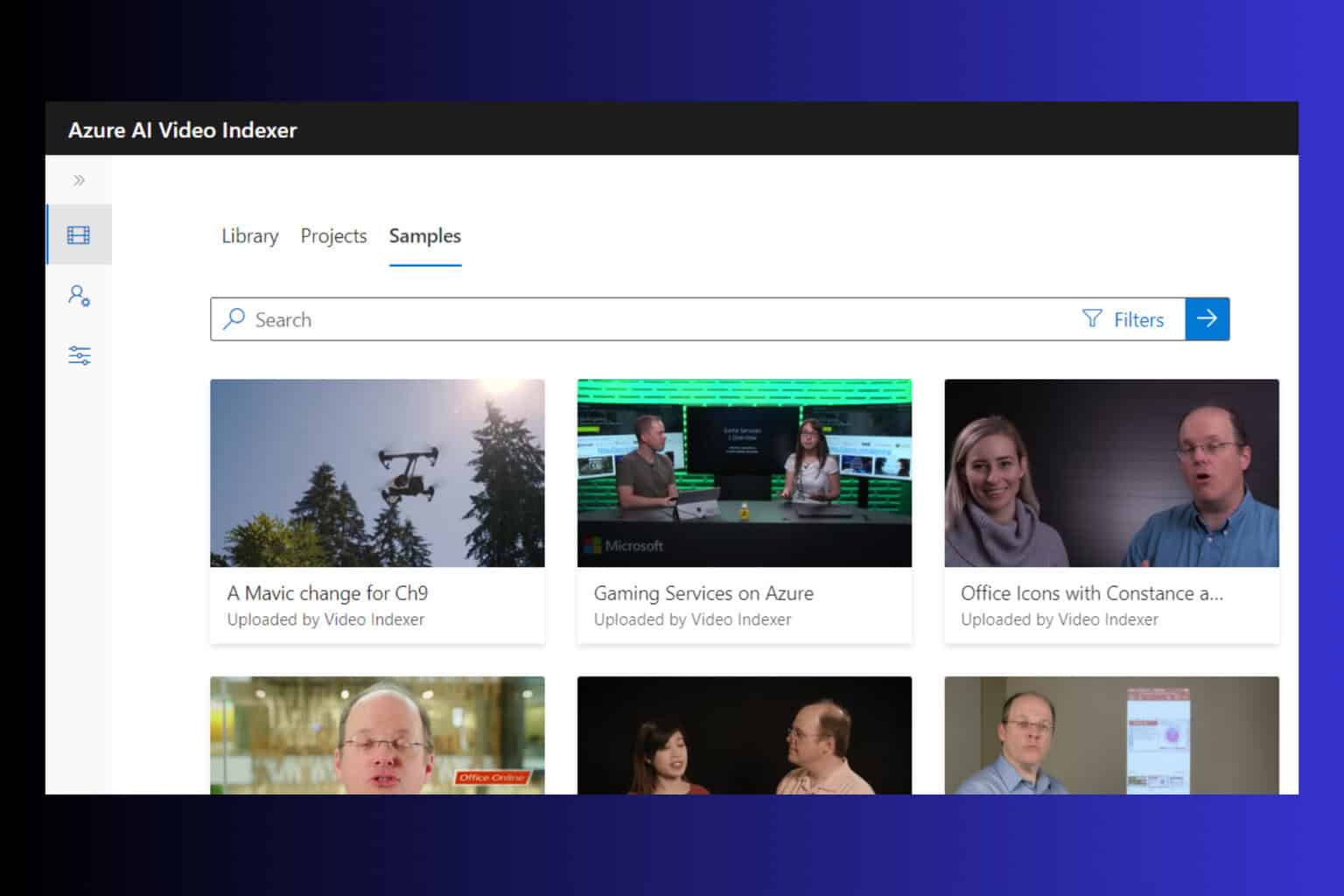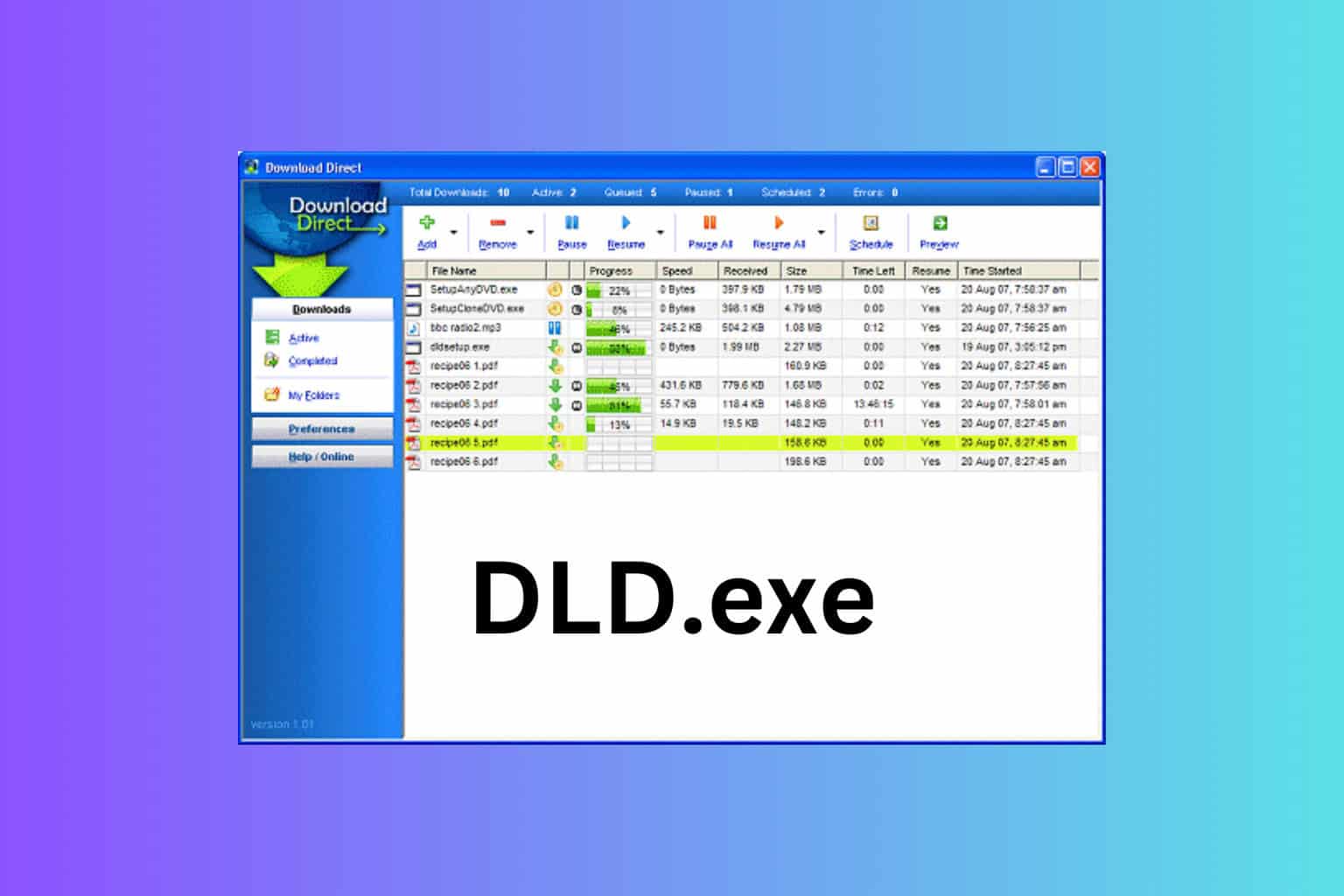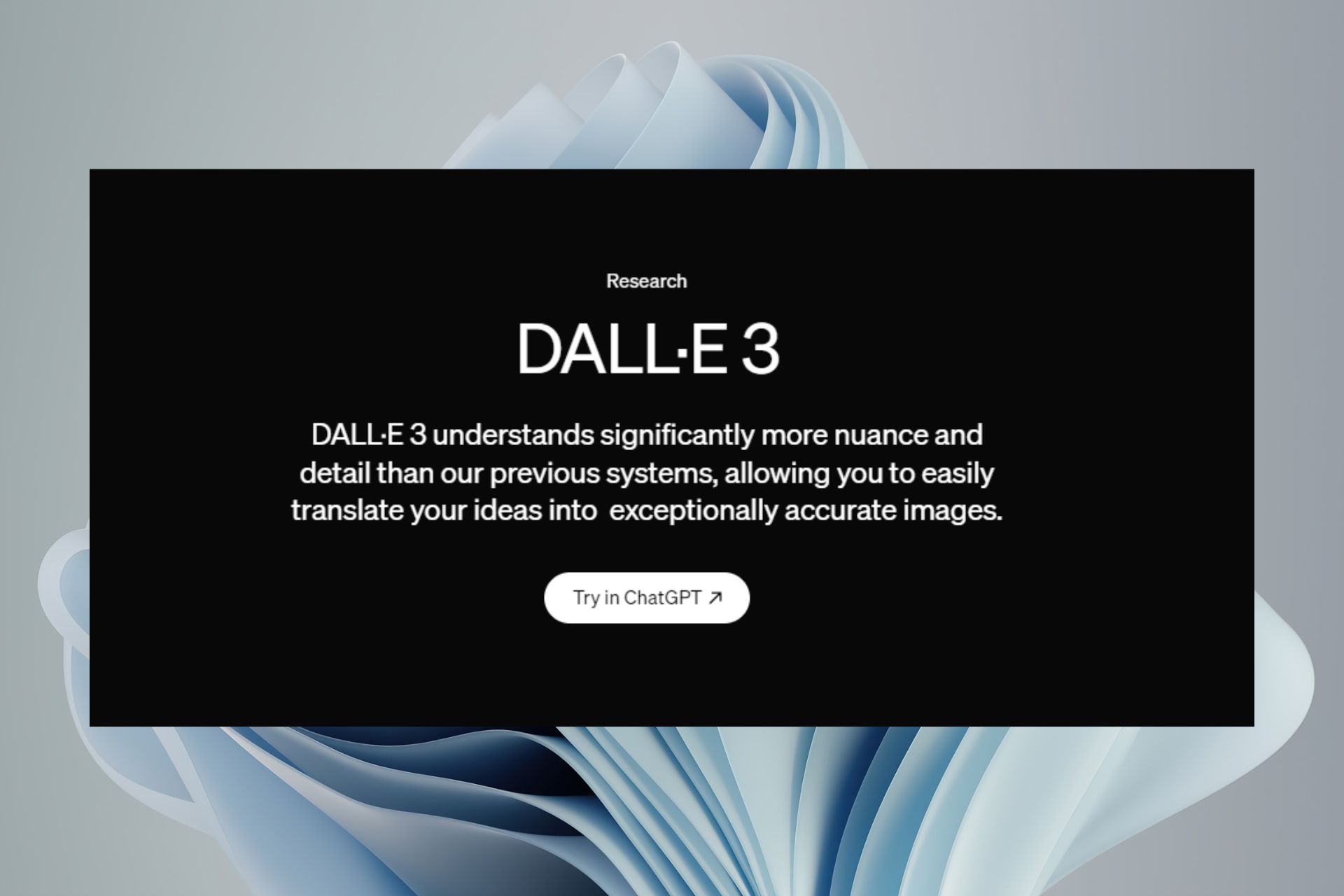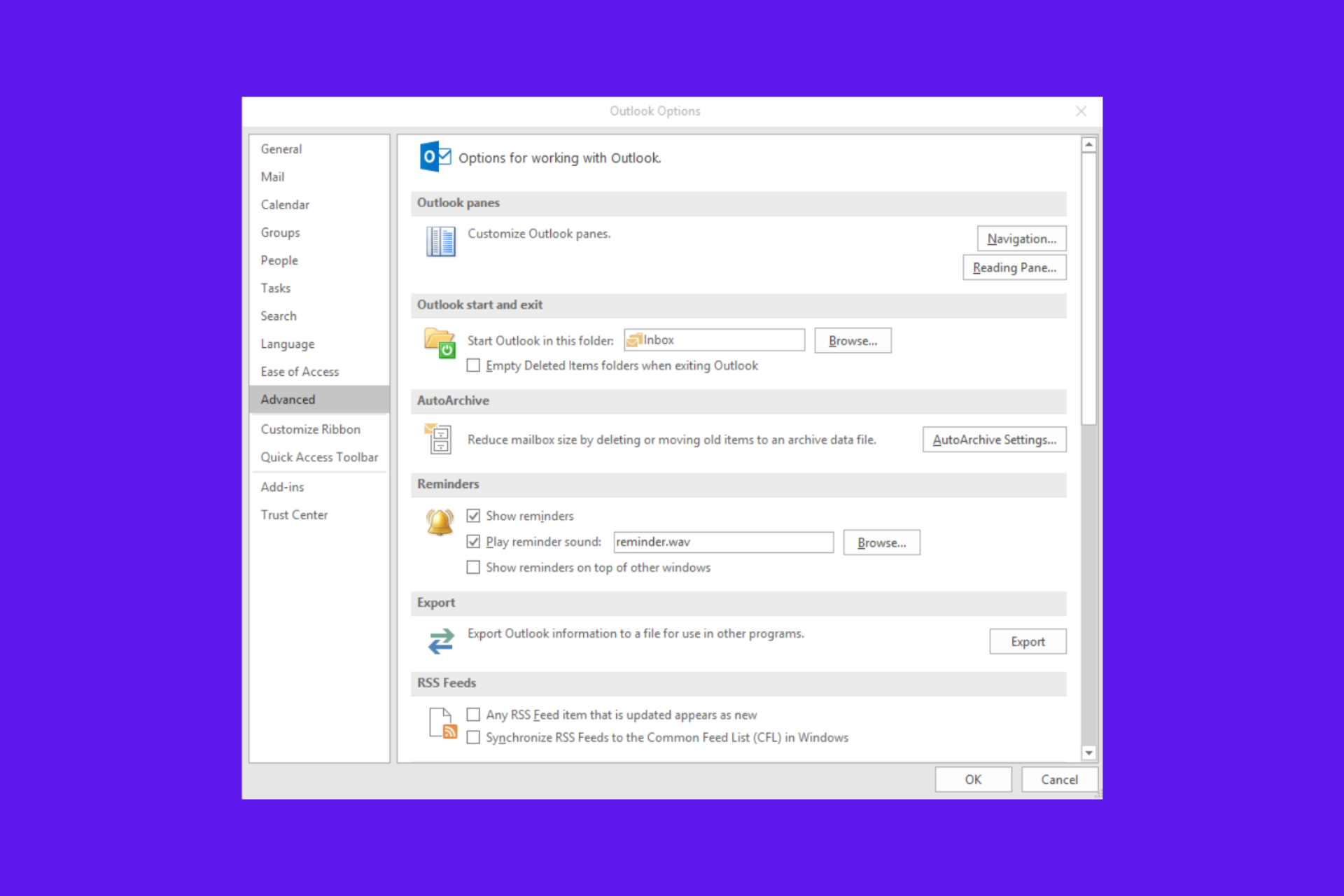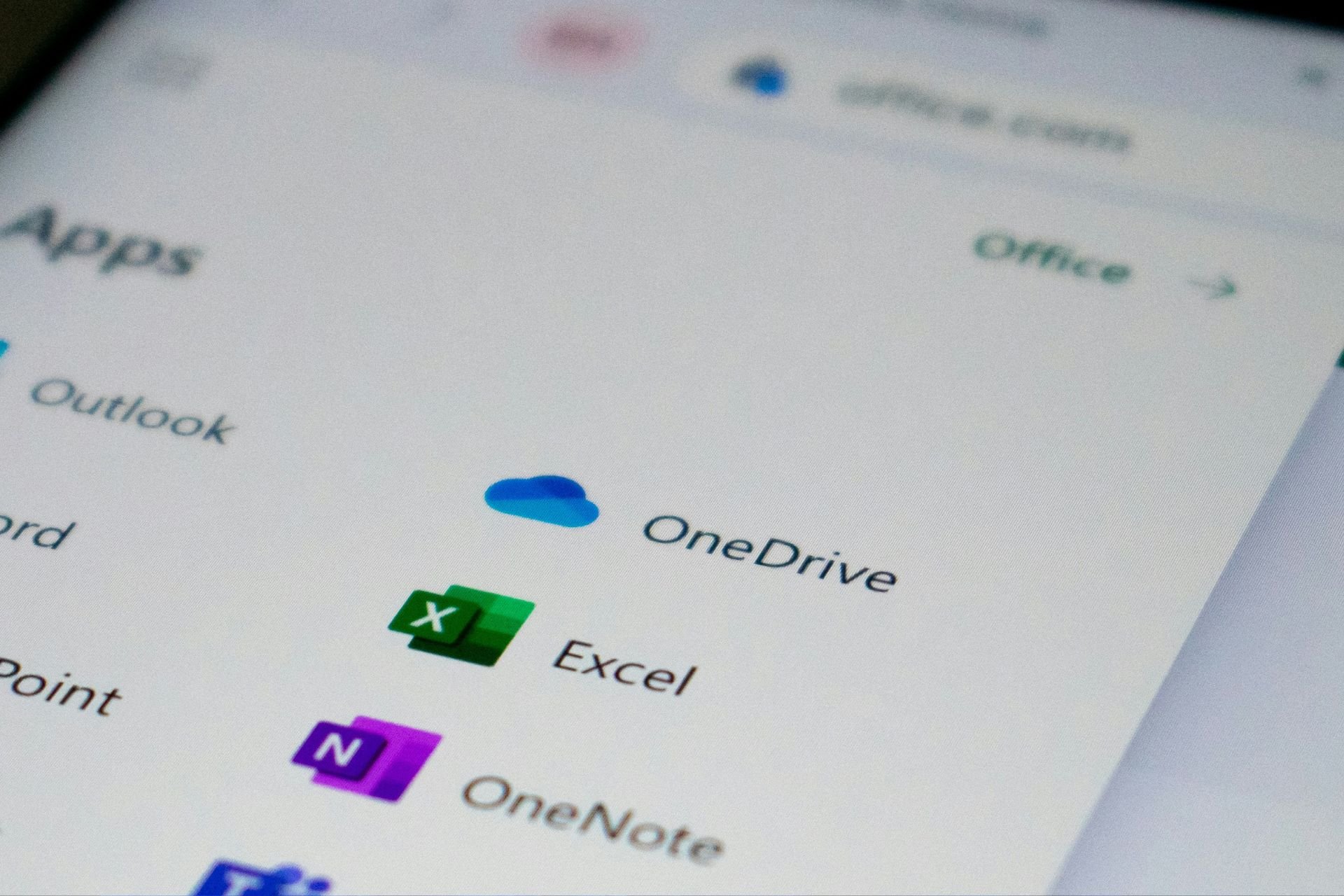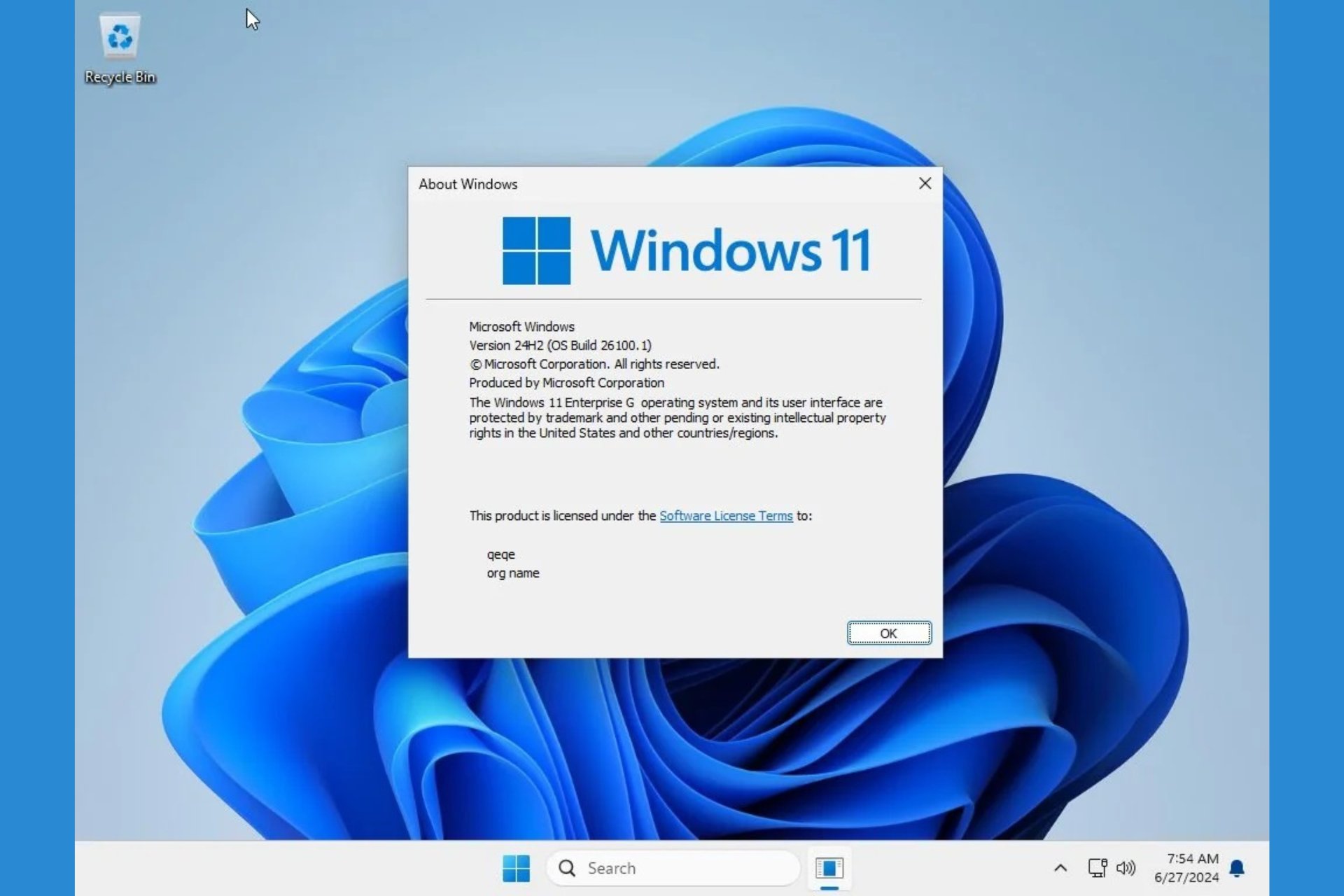Onedrive vs Dropbox: Which One's Better For You in 2024?
Both are great tools to consider for cloud-storage
7 min. read
Updated on
Read our disclosure page to find out how can you help Windows Report sustain the editorial team Read more
Key notes
- OneDrive is the primary cloud storage application for Microsoft users.
- Dropbox and OneDrive provides users with free and paid cloud storage plans.
- Windows 11 users automatically get their files synced to OneDrive.
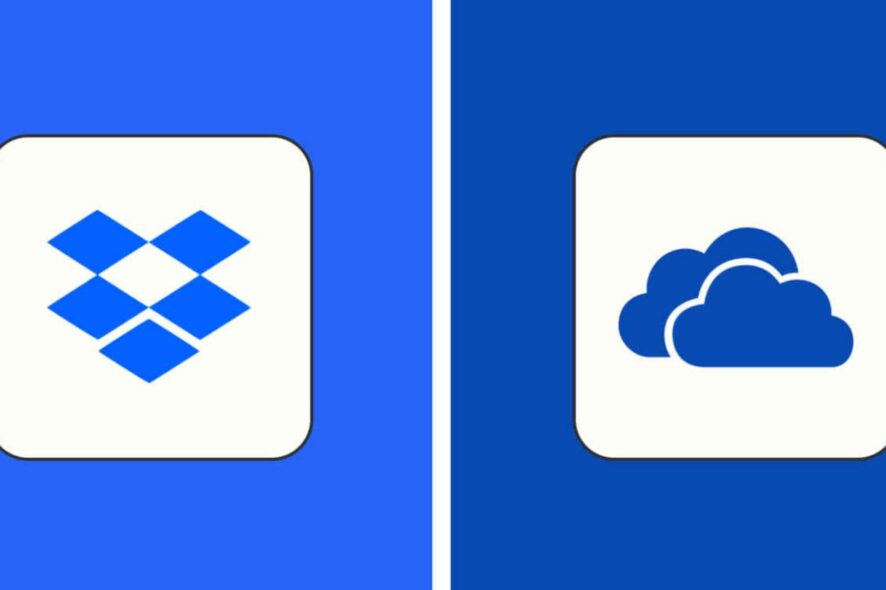
In the Cloud Storage industry, OneDrive and Dropbox are household names that provide similar services. This makes it a bit hard for users to choose between the two services.
In this guide, we’ll provide you with a comprehensive comparison between OneDrive and Dropbox to help you decide which one you should use.
What is OneDrive?

OneDrive is a cloud storage service provided by Microsoft. Every user with a Microsoft Account has automatic access to OneDrive’s features and functionality.
For users who sign up for a free OneDrive account, they have access to 5GB of free storage while Microsoft 365 subscribers have access to 1 TB of storage.
Windows 11 users automatically get their files synced with OneDrive allowing them to store, protect, and share their files with users anywhere in the world. Once your files are synced to OneDrive, you can share and access them on any PC in the world.
What is Dropbox?

Dropbox is one of the oldest and most popular cloud storage services available today. It keeps files, folders, and documents in sync between your personal devices and the Dropbox cloud. Dropbox can be accessed via the web or the app that can be installed on PC, Mac, and mobile devices.
Dropbox offers a free community plan that provides users with 2GB of storage but with a subscription plan, you can get up to 3TB storage. Once you install the Dropbox app, any file you store on it will be automatically backed up to the Dropbox cloud.
OneDrive vs Dropbox: What are the differences?
1. Features
Since OneDrive is owned by Microsoft, its use, as a default option, has been adopted by most Windows users. This is made possible due to its integration with Office suite apps like Word, Excel, and PowerPoint. Although you can sync Dropbox also after buying the Office 365 subscription.
Dropbox gives more flexibility to diversify outside the monopoly of Microsoft products. You can easily integrate with other applications listed in its App Center. With this, you can genuinely select the best app rather than use default MS apps that are part of your subscription.
Both support mobile devices with extensive access to offline files and other improved features for easy access for their users. OneDrive was developed by Microsoft as a result is compatible with selected operating systems. Dropbox on the other hand is compatible with all operating systems.
The two apps thrive in supporting a whole range of file types -documents, images, videos, PDFs, and many more. Dropbox’s subtle feature allows you to select different work environments without duplicating documents in multiple formats edges.
Whatever Dropbox lacked in integration due to OneDrive’s company, they recovered in features. From HelloSign to Google integration, Paper, and Showcase, Dropbox rivals OneDrive on every Microsoft app.
2. Pricing
While they both excel at servicing users who require large amounts of cloud storage without extra apps, pricing is integral to shaping your decision.
OneDrive offers above the industry standard of free plan – 5GB compared to the 2GB of Dropbox. However, if your needs extend beyond this, then you can upgrade OneDrive’s personal plan of 100GB for $1.99/month.
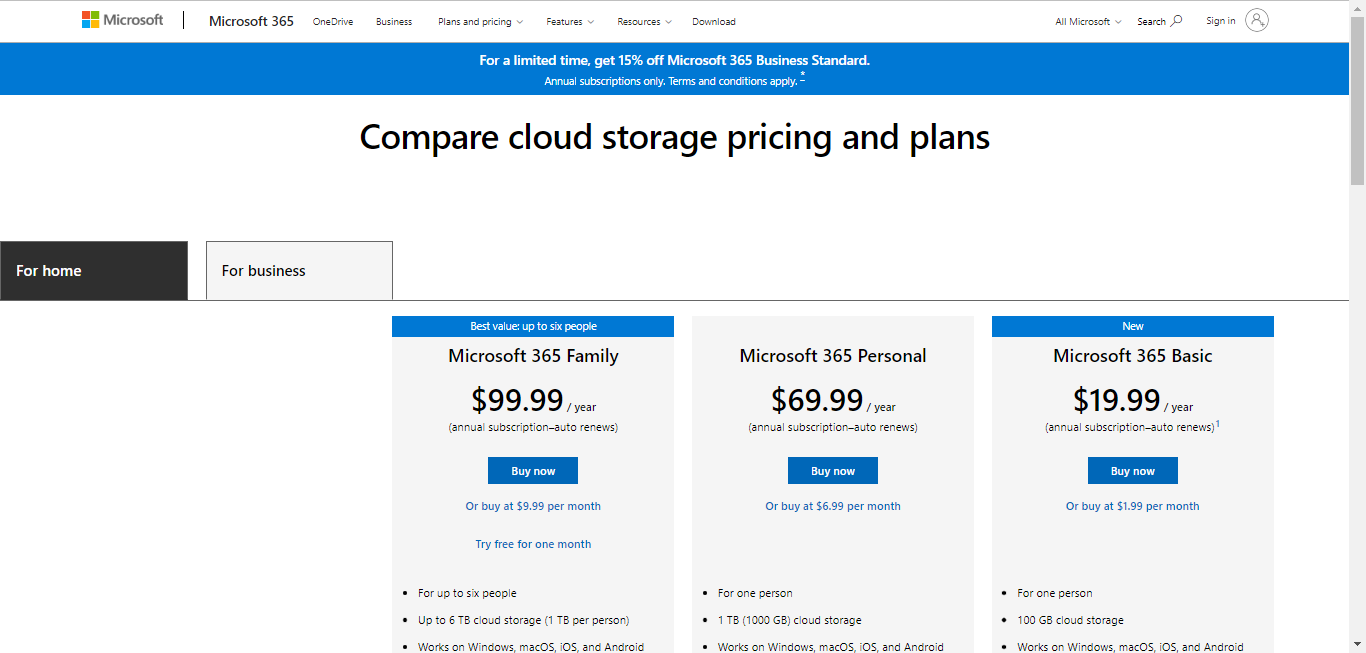
Further, you can get Office 365 on the next plan at 1TB for $6.99/month. The family plan accommodates up to six people, includes Office 365, and costs $9.99/month to get 1TB per user.
Meanwhile, Dropbox offers more for less on the individual plan at $11.99/month for 2TB or $19.99 for 3TB. The family plan also follows suit with 2TB/3TB of space allotted to individuals, up to six.
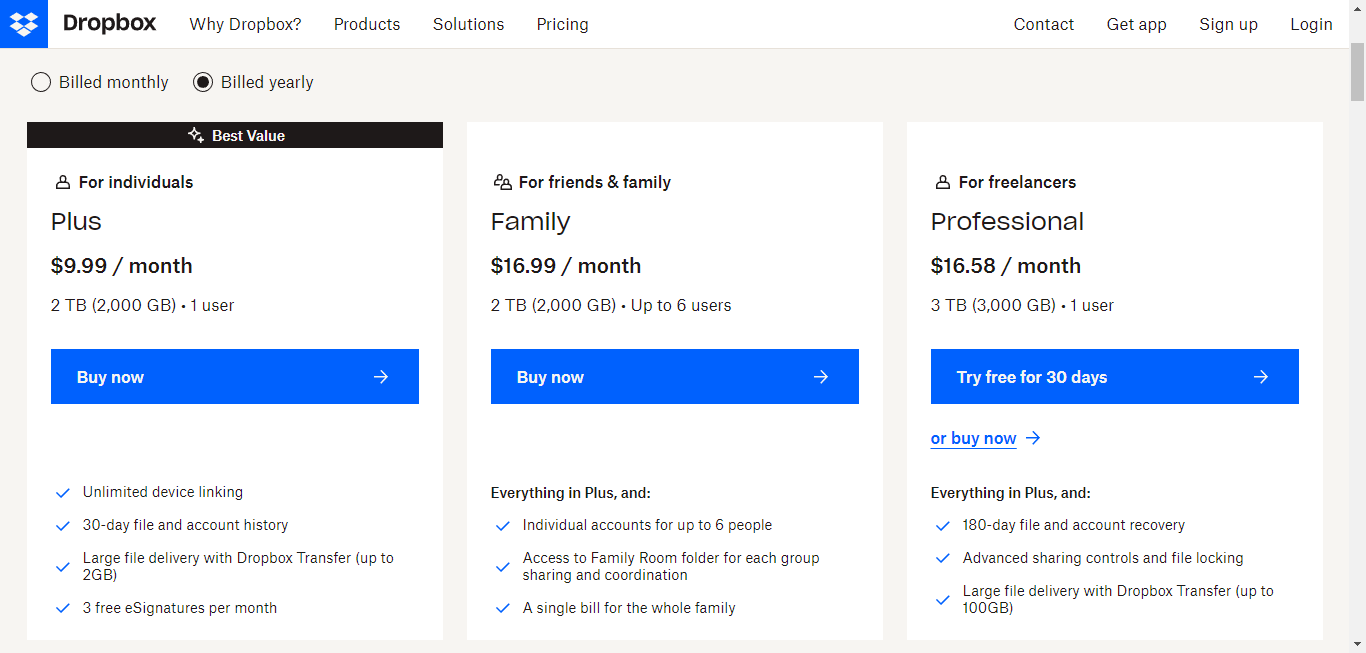
Lastly, the business plans of the two cloud services are as follows:
- OneDrive Business plans offer $5/month and $10/month per user with unlimited storage and an annual commitment.
- Dropbox Business plans cost between $15 and $50 /month per user for access to unlimited storage.
Lastly, OneDrive’s pricing structure is a bit complex. If you have a Microsoft 365 account, you have access to 1 TB which costs $69.99 yearly. For users with a Microsoft 365 Family subscription, it comes with a total of 6TB of storage costing $99.99 annually.
Take note that the prices are subject to change and you should check them before purchasing any of the products.
3. File Sharing/Security
Both services pride themselves on providing maximum security for shared or stored files. They both provide a maximum of 256-bit AES encryption on files. However, you need to be on the Business plan on OneDrive for the encryption to be effective with stored files on the servers.
Further, you can enable two-factor authentication for an additional layer of security on both services.
In terms of file sharing, you can hardly go wrong opting for any of the two services. In OneDrive, file sharing is done via links. While with Dropbox, file sharing is done via web applications.
You have the autonomy to set expiration dates for links on files shared. Also, you can deny files download or control third-party access to files.
The only distinction is that OneDrive allows you to control network usage. So, you can set up the minimum and maximum bandwidth allowance.
4. Support
If there’s an area of distinction, then OneDrive might have the upper hand in this section. Due to the extensive support provided by Microsoft on all their services, it is easier to get more active support.
Also, there are countless self-help articles and forums dedicated to troubleshooting. However, getting direct access such as email or phone support might be quite difficult.
Meanwhile, the automated chat service provided by Dropbox makes it easier to get personalized support. Although it may not make so much difference from the self-help articles provided on the support.
OneDrive vs Dropbox: Which One is Better?
Choosing between either of these cloud service providers depends entirely on your specific requirements and preferences. However, here are a couple of factors to help you make your choice:
- User Interface – The OneDrive interface is pretty similar to most Microsoft products; it won’t impress you with its feel or look, but it’s familiar, and that means a lot to some users. Dropbox on the other hand, provides users with a more modern feel, and intuitive UI.
- Operating System – For users with existing Microsoft accounts, OneDrive seems the logical choice because OneDrive comes preinstalled with your account. Additionally, with a Microsoft 365 account, you’ll pay no extra fee to get a massive 5 TB of storage. However, for users with no Microsoft Account or subscription, Dropbox can be a viable alternative if you’re willing to try something new.
- Pricing – The OneDrive pricing method pretty much favors users with a Microsoft account or subscription. Dropbox on the other hand offers a more flexible pricing plan that favors users who have no existing Microsoft subscription.
- Supported File Formats – One Drive supports a wide range of file formats in their respective categories e.g images, audio, log, etc. Dropbox also supports a wide range if file formats but OneDrive offers support for a lot more.
OneDrive Vs Dropbox: Verdict
OneDrive and Dropbox are both excellent cloud storage providers but if it comes down to it, OneDrive is a better alternative for users who have an existing Microsoft account.
This is because you don’t need to spend extra bucks purchasing storage plans unless you want to upgrade your storage.
For users with a Microsoft 365 account subscription, it makes it even better because you’re offered a standard 5GB of free storage. However, if you don’t have a Microsoft account, it pretty much levels the playing field as you’d still have to purchase a subscription similar to Dropbox.
Our verdict would be for Microsoft users to stick with OneDrive as their cloud storage provider while non-Microsoft users can try out Dropbox.
Dropbox and OneDrive have pretty much dominated the cloud storage market with each providing users with top-notch services.
If you’ve been struggling to choose between the two services, we hope this guide has eliminated the confusion and helped you narrow down your choice to your preferred software.

